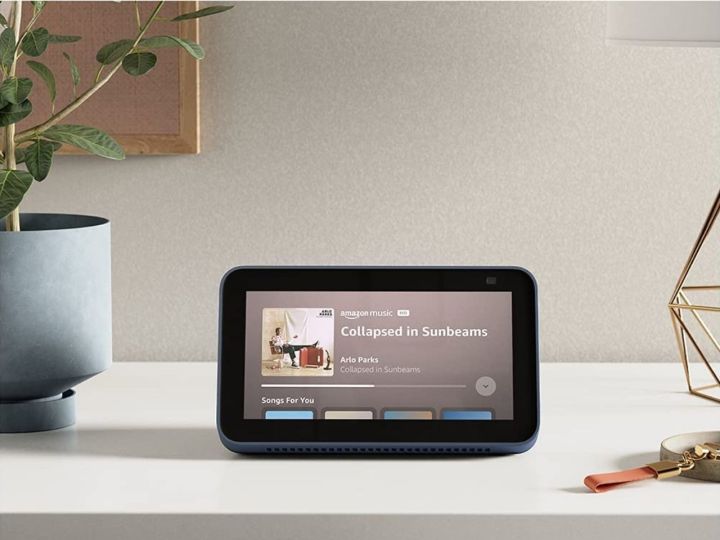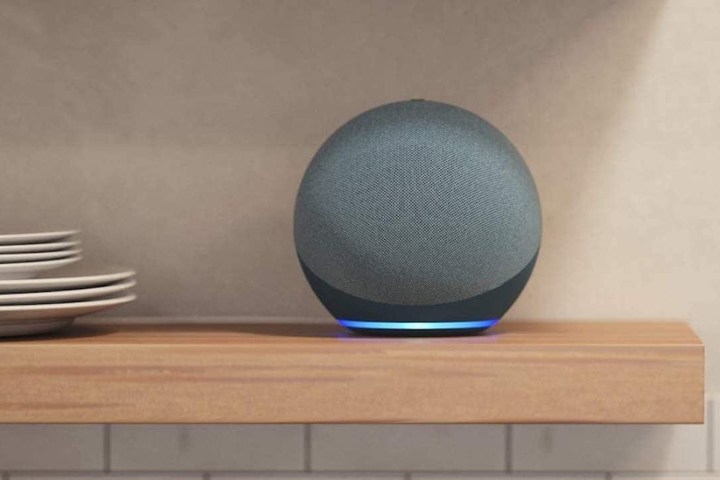Among the voice assistant’s talents, Alexa is a master at whipping up a playlist to accompany anything from your afternoon workout to a serious cooking session in your kitchen. Connections to services like Amazon Music allow you to stream your favorite artist, album, or genre with a quick voice command. Since Alexa is available in app form, you can have that same capability on your phone or computer.
But what happens when Alexa drops the ball and can’t connect to Amazon Music? Here’s what may be going on, and tips on how to fix it fast so you can go back to listening to your favorite tunes.
How do I get Alexa to play my Amazon Music?

You shouldn’t have to do anything except sign in with the right Amazon account when using Alexa. Since
Of course, Amazon Music does require a subscription fee. A single-device plan will cost you $5 per month, while an unlimited plan will cost $9 per month (although you get a discount if you are an Amazon Prime member). Prime members do get access to around 2 million songs for free with their own subscription, but it shouldn’t be confused with a true Amazon Music subscription. Amazon has about 75 million songs, including tunes that support Dolby Atmos, 360 Reality Audio, and other sought-after formats, although not all those will be available depending on your subscription.
Why won’t my Amazon Music play on my Alexa?

There are many reasons why music might not be playing on your Alexa device. It could be anything from Wi-Fi issues to settings that need an adjustment. Here are a few things that may be going on, and what you should do next to fix them.
Alexa needs an update
If it’s been a while since you used the Alexa device, go to the
Your Wi-Fi has a problem
If your Alexa device is too far away from your router, it may not be able to make a solid connection. If your router has run into a bug, your home internet may be down completely and need to be rebooted. If you recently got a new router or changed router settings, then a network firewall could be preventing
Amazon Music services are down
Amazon Music can crash sometimes, too. If it’s a serious outage, then Alexa will probably say something like, “Sorry, I can’t connect right now.” Sometimes certain services or capabilities may be down instead of the entire service. You can get some confirmation by checking the status of the service at Downdetector.
You are on the wrong account
Double-check that you are signed in to the right account that has access to Amazon Music. Alexa won’t be able to stream music unless the account you are using is linked to one of the Amazon Music subscriptions. Sometimes accounts can get switched due to accidents, different family members using the Echo, or voice recognition and profile settings. Head into the
Someone else is streaming on a different device
Remember, if you are on the limited individual Amazon Music plan, you can only stream on one device at a time. If someone else is using your Amazon account to play music on their device, then you won’t be able to play on yours. You could, of course, track down the offender and deal with them, but this may be a good time to look into a Family Plan (currently with a four-month free deal).
Alexa was switched to a different default service
We mentioned that Alexa’s default “look for music here” setting was Amazon Music. However, that can be changed if you use a different music service, as long as you have the login information for popular streaming apps like Apple Music, Tidal, Spotify, SiriusXM, and so on. If other people are using your Alexa app, you should check to see if anyone switched the default music player to another service. You can find this in the Music & Podcasts section of Alexa’s Settings.
Keep in mind that Alexa doesn’t need to have Amazon Music as the default service to actually use it. You’ll just have to be more specific in your commands, adding, “on Amazon Music” after you give a voice command. Otherwise,
Someone turned on the profanity filter
Yes, Alexa has a filter that can block explicit language. If it was turned on in your account,
The song isn’t available with your subscription
As we mentioned, Prime members only get a fraction of the available songs that Amazon offers. If your Amazon Music subscription was canceled or not renewed (or if you never had it), then the songs you used to listen to may not be available anymore.


